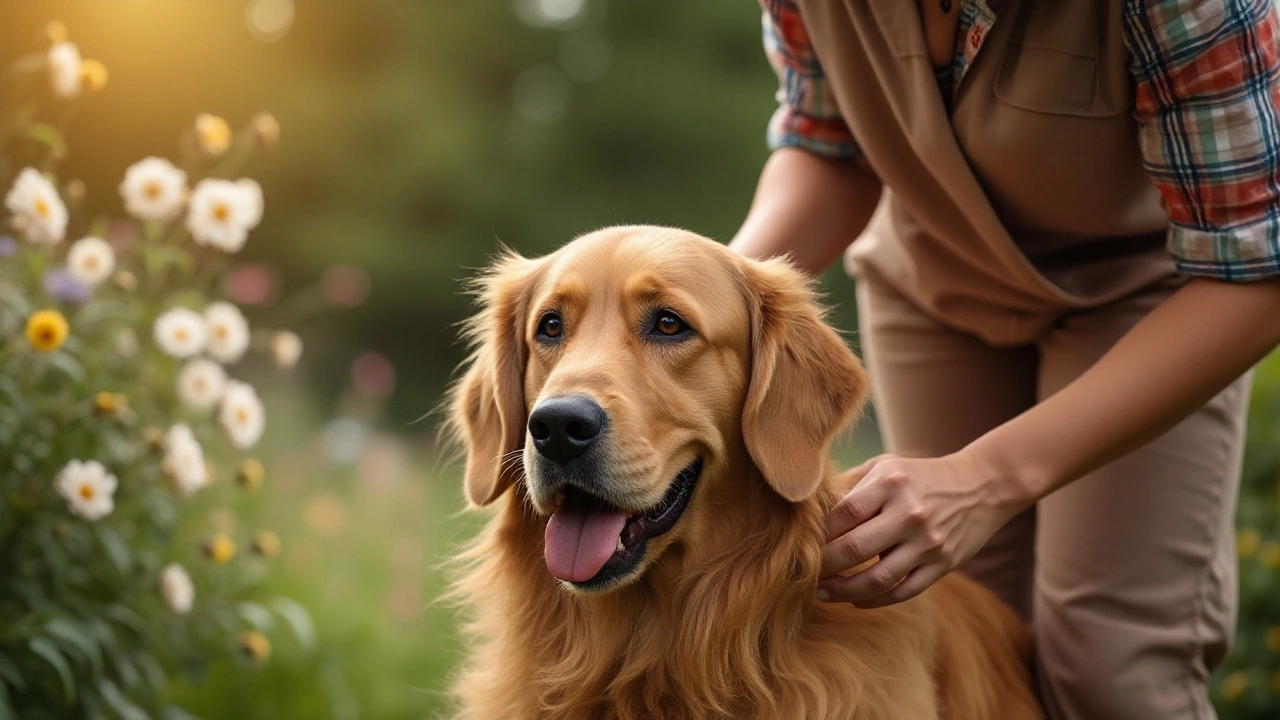Canine Hygiene Made Simple: Clean, Safe, Happy Dogs
Keeping a dog tidy isn’t just about looking good—it’s about health, safety and comfort. Whether you have a hunting gundog or a family pet, the basics of canine hygiene stay the same. Below are the everyday steps that make grooming feel less like a chore and more like bonding time.
Collars, Harnesses and Everyday Safety
First thing’s first: the gear around your dog’s neck matters. A well‑fitted collar should sit snugly but not pinch, letting you slip two fingers underneath. If you let your dog wander indoors, think about a breakaway collar that releases under pressure—great for cats and curious pups alike. Some owners swear by harnesses for walks; vets often recommend them for dogs with neck issues because they spread pressure across the chest. The rule of thumb? Use a collar for ID tags and a harness for control on walks. Switch them out as needed and always check for wear before each outing.
Bathing and Grooming Basics
Most dogs don’t need a bath every week—over‑bathing strips natural oils and can cause skin irritation. Aim for a bath every 4‑6 weeks unless your dog gets into something messy. When you do bathe, use a dog‑specific shampoo; human shampoo can be too harsh. Warm water, a non‑slip mat, and a gentle rinse keep the experience calm. If you’re wondering whether to bathe before a grooming appointment, the answer is usually yes—clean fur makes clipping and brushing smoother, and groomers can see any skin issues more clearly.
Brushing is the unsung hero of canine hygiene. Short‑haired breeds need a quick brush once a week to remove loose hair and distribute oil. Long or double‑coated breeds benefit from a daily brush to prevent matting. A good brush also gives you a chance to check for ticks, skin irritations or lumps. Keep a nail trimmer on hand; trimming every 3‑4 weeks stops overgrown nails from cracking or hurting your dog.
Don’t forget the ears and teeth. A cotton ball with a dog‑safe ear cleaner wipes out wax and debris—do it once a month or after a swim. Dental health is just as important as a fresh coat. Use a dog‑specific toothbrush and toothpaste two to three times a week to prevent gum disease and bad breath.
All these steps tie back to one simple idea: keep an eye on any changes. A sudden increase in itching, a bad smell, or a limp after a grooming session signals a problem that needs a vet’s look. Quick action can stop an infection from getting worse.
For gundog owners, hygiene has an extra edge. A clean nose and ears improve scent detection, while a well‑maintained coat performs better in the field. After a hunt, rinse off mud, check hooves (if you have a hunting dog with pads) and dry the fur to avoid fungal growth.
Finally, make hygiene a habit, not a punishment. Use treats, calm voice, and short sessions to build positive association. When your dog sees grooming as a relaxed routine, the whole process becomes easier for both of you.
Stick to these basics—proper gear, regular baths, consistent brushing, ear and dental care—and you’ll see a healthier, happier dog who’s ready for any adventure you throw their way.
- Morgan Ainsworth
- 0 Comments
The Ultimate Guide to Dog Grooming and Bathing Frequency
Grooming and bathing your dog is essential not just for their cleanliness but also for their overall health and well-being. While the frequency varies based on the breed, coat type, and lifestyle, it's important to establish a routine that suits your furry friend. From understanding the needs of short-haired versus long-haired breeds to recognizing the signs that your dog needs a bath, this guide provides valuable insights. Learn tips and tricks to make grooming a fun and stress-free experience for both you and your pet.
View More
